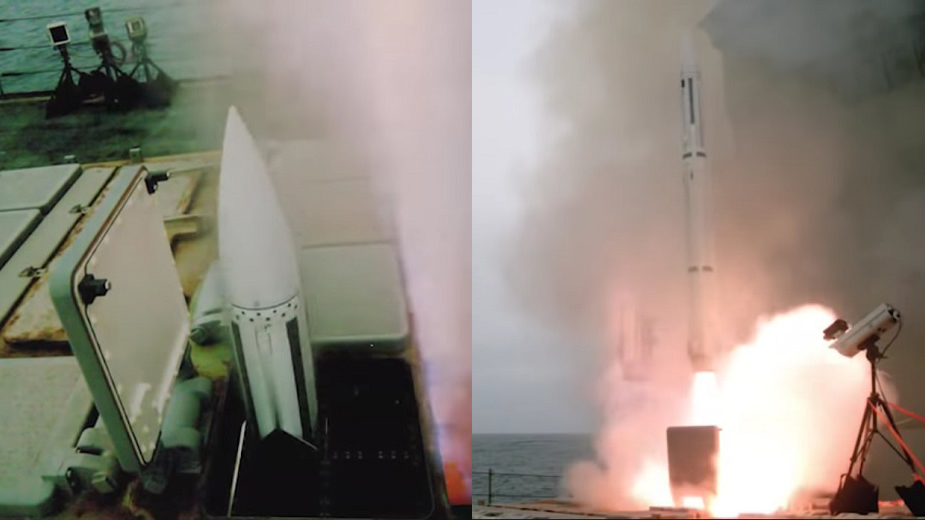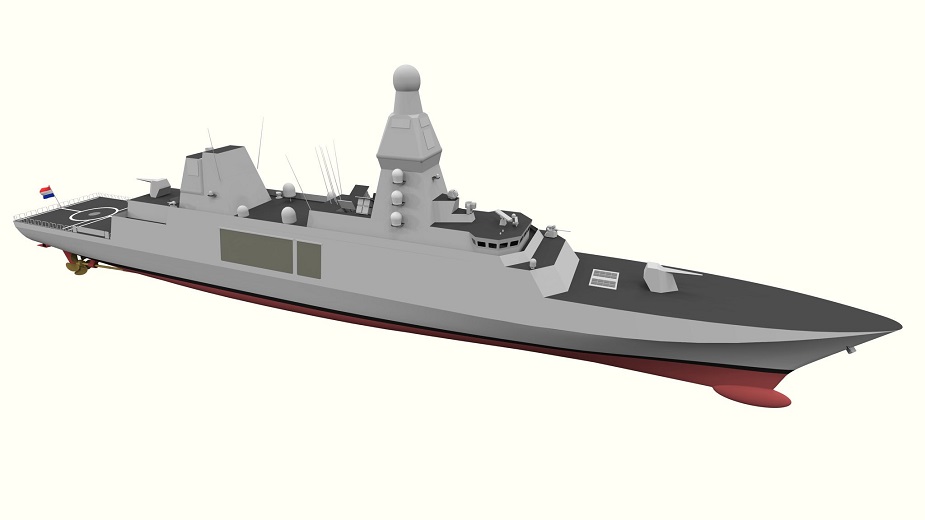Belgium announced on September 14, 2018 that it is joining the « Evolved Seasparrow Missile Block 2 » program. Following the proposal of Defense Minister Steven Vandeput, the Council of Ministers has agreed on Belgium joining this international program. The goal is for the Belgian Navy (Maritime Component) to deploy this advanced anti-aircraft defense system on its future frigates.
 ESSM Block 2 vertically launched
ESSM Block 2 vertically launched
Belgium will join the program as a "contributing participant". In order to become a full member or contributing participant to the program and to be able to use the European testing and maintenance facilities, Belgium will adhere to four memoranda of understanding (MoU) relating to the development, production, maintenance and support and use of European test and maintenance facilities.
ESSM block 2 was tested against a target drone for the first time this summer. Based on the existing ESSM, ESSM Block 2 will employ both semi-active and active guidance to meet current and anticipated future threats. This test followed the successful completion of two Controlled Test Vehicle flight tests in June 2017 and was the first in a series of live fire tests that will lead to the ESSM Block 2 missile entering production.
The NATO Seasparrow Project is an international consortium of 12 nations consisting of Australia, Belgium, Canada, Denmark, Germany, Greece, The Netherlands, Norway, Portugal, Spain, Turkey and the United States. The 12 member nations are partners in engineering, development, production and sustainment of the missiles and supporting equipment. Established in 1968, the NATO Seasparrow Project is the longest running, most successful cooperative weapons program in NATO and is celebrating its 50th Anniversary this year.
 Artist impression of the future frigate of the Dutch and Belgian navies
Artist impression of the future frigate of the Dutch and Belgian navies
About ESSM
ESSM is a medium-range, all-weather, semi-active radar-guided missile used in surface-to-air and surface-to-surface roles. ESSM represents more than four decades of technology and design improvements by a 43-year international cooperative partnership composed of 12 nations, 10 of which employ ESSM (and FMS to 3 countries: Japan, UAE and Thailand).
As a tail-controlled missile, ESSM uses enhancements to its guidance system to take advantage of improved seeker sensitivity, increased propulsion and greater weapon accuracy. These features enable ESSM to arrive at the intercept point with more endgame speed and agility to counter the threat.
ESSM's capability bridges the gap between close-in air defense and local area defense systems. Its kinematics result in reduced time to target. It is a Multi-mission weapon system is effective against high-speed or low-velocity threats.
According to open sources, the RIM-162 Evolved SeaSparrow Missile (ESSM) has a range of about 27 nautical miles (50 Km) and a top speed of Mach 4+.
Unlike Block 1, Block 2’s active radar homing seeker will support terminal engagement without the launch ship’s target illumination radars. The improved ESSM Block 2 will be fielded by the US Navy from 2020.










